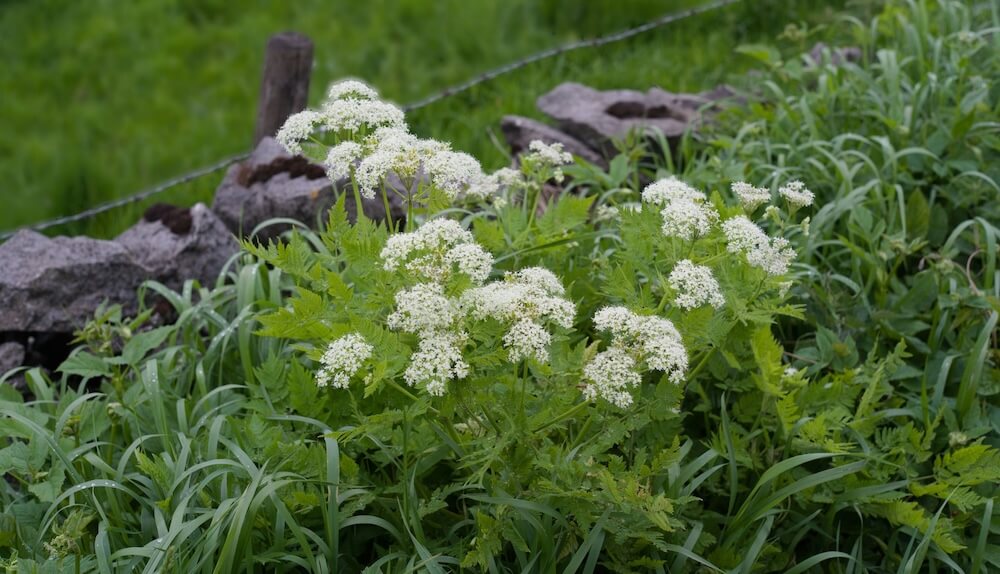A survey of plant life in a nature reserve in Hertfordshire, England, has uncovered a pleasant surprise: a rare plant not seen in the area since 2017.
The BBC reported that the discovery was made in the Rye Meads Nature Reserve, near Hoddesdon, a town located just north of London. The Herts and Middlesex Wildlife Trust found about 130 tubular water-dropworts flourishing within the reserve.

Experts believe ideal weather conditions and the removal of dense vegetation facilitated this revival. Nature reserves manager at the trust Ian Carle described it as, "An incredible find, given its rarity."
The Rye Meads Nature Reserve is a wetland that's home to many important bird species and offers locals a welcome escape from the hustle and bustle of the nearby English capital.
Arguably, the reserve's star attraction is the kingfisher, whose distinctive azure and copper plumage makes it a firm favorite with birdwatchers. Its presence is indicative of a healthy ecosystem. The emergence of the dropwort is further evidence that the reserve is thriving once more.
According to the Freshwater Habitats Trust, the tubular water-dropwort has declined dramatically in England and Wales since the 1950s. England has lost approximately 90% of its wetlands over the last five centuries, resulting in the disappearance of plants in several locales. While quite tolerant of shade from other plants, the dropwort does require "some kind of disturbance to create openings in dense vegetation," per the Trust.
Save $10,000 on solar panels without even sharing your phone number Want to go solar but not sure who to trust? EnergySage has your back with free and transparent quotes from fully vetted providers that can help you save as much as $10k on installation. To get started, just answer a few questions about your home — no phone number required. Within a day or two, EnergySage will email you the best local options for your needs, and their expert advisers can help you compare quotes and pick a winner. |
The unexpected comeback of the endangered flower demonstrates the crucial role local conservation efforts play in achieving such successes.
Native plants are vital to maintaining an area's biodiversity. Because they adapted to an ecosystem over thousands of years, they naturally attract pollinators and provide shelter and sustenance for many other species.
One of the best ways to help native plants flourish is to start at home. Rewilding a yard won't just provide a boon for the ecosystem; it saves a lot of time and money in the long run.
|
Do you think America does a good job of protecting its natural beauty? Click your choice to see results and speak your mind. |
Join our free newsletter for good news and useful tips, and don't miss this cool list of easy ways to help yourself while helping the planet.















